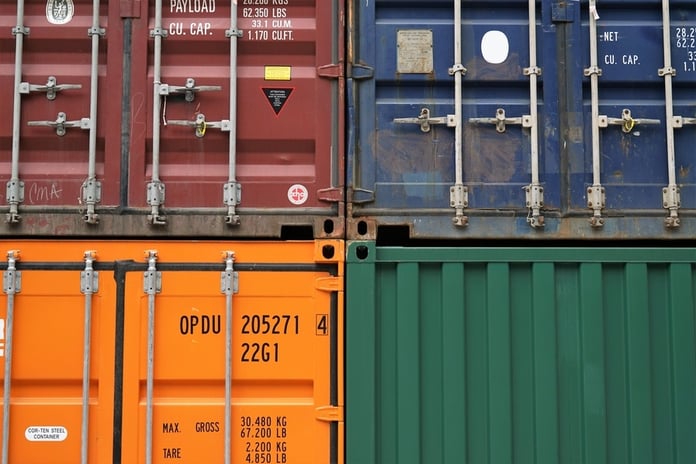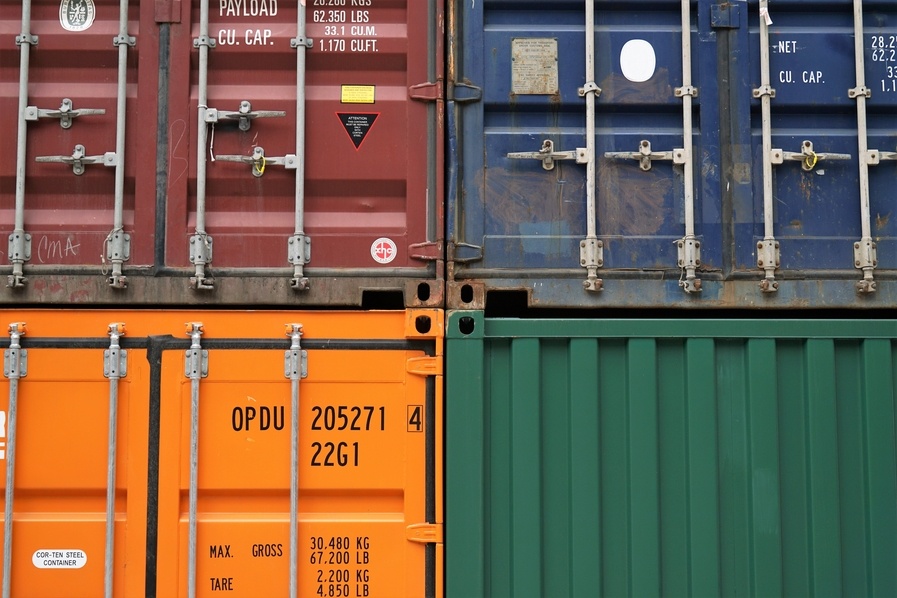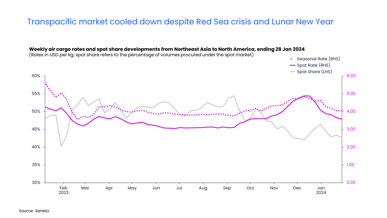
At the G20 Summit in Hamburg trade was a key concern and Trump's trade protectionism sentiment was crystal clear. Not only has the U.S. pulled out of the Asia-Pacific Trans-Pacific Partnership (TPP) trade deal that included several G20 members, Trump is considering raising tariffs on steel and other goods, which naturally has raised concerns in Europe and Canada. Nonetheless, the TPP, which was originally heralded as the largest free trade agreement to take place since NAFTA back in 1994 is now a member short, but is it really the end?
The original agreement was to be signed with 12 different Pacific Rim countries. It included Australia, Brunei, Canada, Chile, Japan, Malaysia, Mexico, New Zealand, Peru, Singapore, Vietnam and, until recently, the United States. This was supposed to grant a tremendous boom to all countries involved in the form of reduced tariffs and the opening of trade borders which would allow all participating countries access to a wider array of foreign markets.
TPP and the United States
However, with U.S. President Donald Trump deciding to opt out of the TPP, some were expecting the trade agreement to simply collapse. Nonetheless, there are many people who believe that the deal can still be struck, with or without U.S. involvement.
“Contrary to warnings from some quarters, America's absence needn't kill the agreement. Negotiators mainly have to change the clause that says it must be ratified by countries accounting for 85 percent of the 12 members' gross domestic product (the U.S. is 60 percent). Other provisions dealing specifically with the U.S. will need to be adjusted or ignored, but if the 11 want to proceed, they can,” according to an article from Bloomberg on the subject.
Although the U.S. made up 60 percent of the GDP within the deal which means their withdrawal lowers the overall net gain from the trade agreement, there are still benefits from pressing ahead with the agreement for the remaining countries.
“Malaysia and Vietnam, whose prime minister visits the White House this week, say they made concessions only in return for better access to the massive U.S. market. Yet apart from a few areas such as textiles, footwear, agriculture and some auto products, the U.S. market was already pretty open. Without the U.S., expanded intra-regional trade will deliver smaller benefits, but the deal is still a net plus,” Bloomberg editors say.
Related reading: What Does TPP Mean for the Shipping/Logistics Industry?What's At Stake For The United States
When the TPP was first being drafted, all eyes were on China as the odd-man-out. The refusal to participate in the deal of such magnitude had incited speculation into what ill effects non-participation.
“Already, countries are diving headlong into analysis and predictions of the new agreement and raising a few points of concern. One of China’s top economists, Ma Jun, has predicted a 2.2% drop in the mainland GDP. “Simulation results show that, with China’s accession compared to the scenario of China not joining, China will lose 2.2 percent of GDP,” according to Ma’s research. However, with the TTP including 40% of the global economy (approximately $27.7 trillion), it’s not really something a country would want to be excluded from.”
“The only party to lose in this scenario is the U.S. It will forgo the gains in trade it would have enjoyed, and it will have less leverage in future trade talks with Japan, Canada, and Mexico. Some U.S. companies may shift operations to other TPP members to take advantage of concessions initially won by U.S. negotiators. If that is how things unfold, the U.S might ask to be let back in,” Bloomberg adds.
Still a Possibility for Growth
Should the remaining 11 countries decide to continue with the TPP, there is still a lot of good to be had, albeit at a slightly diminished rate of what was expected with the U.S. participation. With little to no tariffs between participating countries, shippers would be able to send more goods at lower costs. In turn, transporting more goods would mean more business for oceanic carriers. While it might be a little presumptuous to assume that this would instantly send the world aright in terms of shipping demand, it would prove to be a benefit to the shipping and logistics industry in the long run.
Aside from the U.S., carriers can expect many opportunities around the world. Malaysia, Vietnam, and Singapore will still be the countries to watch as they stand the highest gain, with access to an expanded global marketplace. However, all countries will benefit from the newly dubbed TPP11.
“The fact is, many of the so-called concessions granted during the talks don't require reciprocal sacrifices to make sense -- they're valuable in their own right. The TPP requires structural reforms in Japanese agriculture, for instance, and Vietnam's state-owned industries. The respective governments understand that those changes are necessary to raise productivity and living standards, but they're politically challenging. The TPP is a way to carry them forward,” say the Editors from Bloomberg.
“In other ways, too, there's more to the deal than lower tariffs. The TPP offers a standard-setting rulebook for doing business globally in the 21st century, covering intellectual property, digital trade, and environmental protection. If it goes ahead, membership is likely to grow. Before long, South Korea and Indonesia will feel inclined to sign up. Nations far from the Pacific Rim will look to TPP rules for guidance on how to stay competitive,” they added.
Forward
While the U.S. marketplace was considered to be the “grand prize” of the TPP, there are still many benefits to be had for the remaining 11 countries to go through with the deal. Now it’s a matter of whether they can renegotiate the deal in such a way that the most benefit will be had by member countries. Should the deal go through with the remaining countries, who’s to say that the United States won’t set aside their protectionist ideals for a chance at improving the health of their shipping and logistics industry?
In the meantime, the world will have to settle for sitting back and waiting to see what happens next for the 11 remaining countries that are still part of the original agreement.
%201.png)


-1.jpg)




